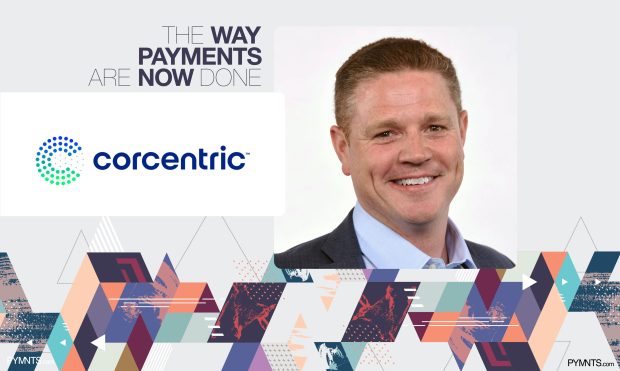Why Focusing on the Supplier Experience Pays Off

What will payments look like in 2022 and beyond? In “The Way Payments Are Now Done,” Matt Clark, president and chief operating officer of Corcentric, joins 32 other payment executives to discuss what payments’ “new normal” looks like. Clark shares the essential focal points of increasing supplier satisfaction amid the shift in B2B and B2C payments.
There’s no denying that the pandemic has caused a major shift in payments strategies in B2B and B2C transactions. From increasing the need for liquidity and cash availability, to supply chain disruption and supplier solvency challenges, and practical matters like remote working, the priority for companies to fully digitize has been fast-tracked.
However, automation is not as simple as deciding to move paper check payments to electronic methods like ACH. With what are often already overtaxed internal resources, conducting such a transition may be difficult when companies do not possess the manpower or data capture security measures needed to inspire and facilitate adoption by wary suppliers. Adding to the challenge is that some payments programs are too heavily oriented toward a commoditized approach, emphasizing virtual cards over all else. Suppliers end up pushing back on electronic payments and feeling that they are at the mercy of their buyers.
This environment is a form of banking by way of payment method, even in the design of payment terms. Buyers are looking for longer terms to conserve their working capital and improve the return on their expenses. For suppliers, who are already stretched thin themselves, offering extended terms drives the need to increase pricing and seek other cost-oriented approaches to create an offset from that delayed capital. That’s why, when it comes to digital transformation, it’s important to employ a payments partner that can act as an extension of your team and offer flexibility in the methods supported. Ideally, the most effective program is designed to provide a holistic and programmatic approach that identifies the best approach for all involved, and enables it easily and securely.
The trend we see is that our clients are no longer comfortable with a “one-size-fits-all” approach, instead favoring a supplier-friendly process that enables the buyer to support and protect their supplier by enabling payment methods that meet both businesses’ needs regarding payment type and timing.
In concert with this supplier-supporting approach, another key element that ensures adoption and success is a “supplier center of excellence,” which provides suppliers with the visibility and control they desire. We recommend the deployment of a centralized portal where a supplier can self-service and manage sensitive information housed in a highly secure environment, and where they can get vital payment status information.
Lastly, the “cherry on top” of a successful digitization program is to provide a live contact center that is supported by your payments partner but branded to your company and its needs. This should be made available to address any of a supplier’s concerns.
These central points for interaction and support increase supplier satisfaction with your program and provide answers to critical questions, such as “what is the status of my payment and when can I expect to get paid?” If you answer these fundamental questions in an easy and supplier-friendly way, increased participation in your electronic payment processing program will follow.
